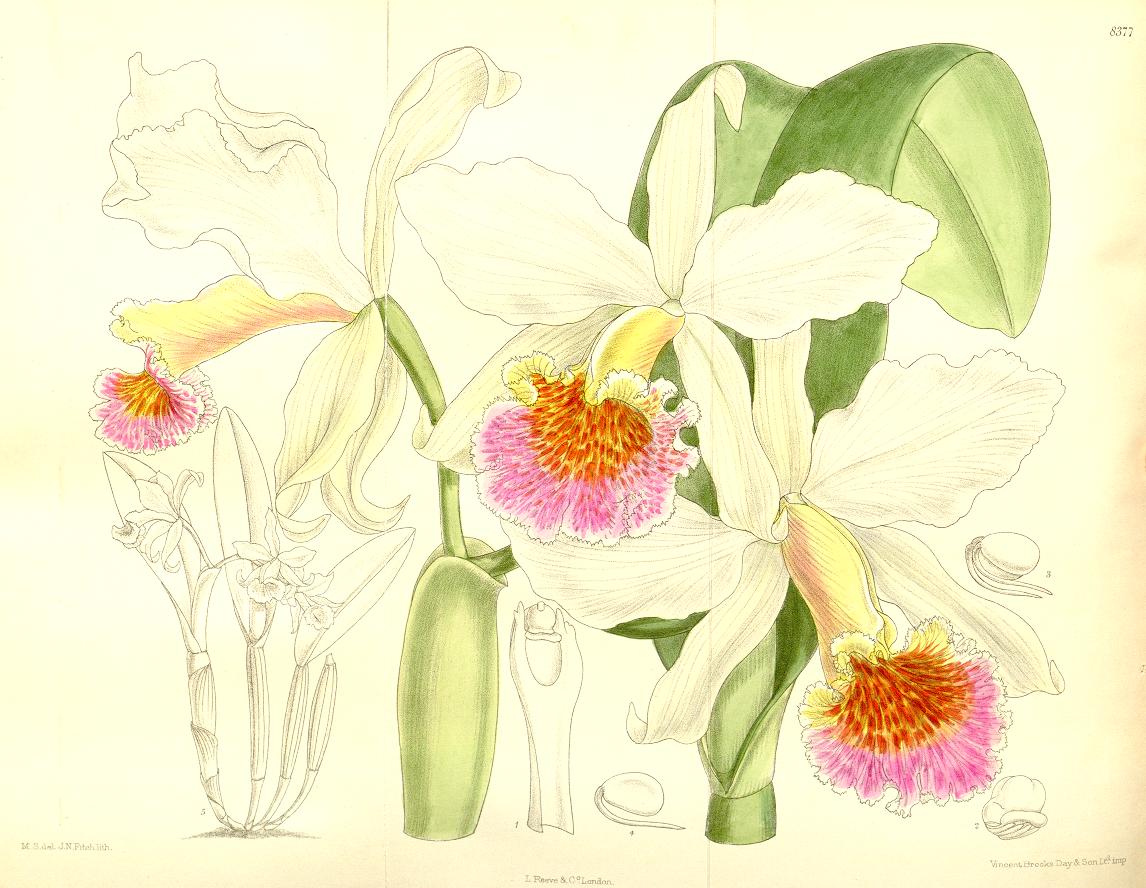Our Philosophy

Course Philosophy:
This course is designed to encourage your discovery of plants as the subject of art and to express your interest in the plant world by advancing your skill in illustration with different art mediums.
There are optional exercises. The more you practice, the more your proficiency will grow!
Our approach
This course teaches a traditional form of botanical illustration, along with a few different creative exercises. We will employ a more scientific approach, which is an advantage for plant identification and description. This is essential to becoming a botanical illustrator.
This course promotes illustration to experience the plant world in a scientific and creative way in order to express ourselves during the process. Although you can become as proficient as you wish, the course instruction will focus on the basics in a supportive environment of self discovery.
Expectations
With this in mind, we ask that you begin without demanding expectations of your artistic abilities for each lesson or upon completion of the course. Keep an open mind, and please remember that it can take a lifetime of illustration to develop the kind of skill that you see in the text!
Learning to illustrate is like learning to play the piano: you would never expect yourself to be playing symphonies at the end of your first lesson, and yet often, it seems the people have this expectation with art techniques. Please take the time to enjoy yourself and get lost in the process, particularly since it offers the additional benefits of providing an experience that gives you a break from the rush and bustle of daily life.
The text we have chosen will provide you with a reference for the terms and techniques introduced, while providing you with supplemental exercises that will help you to sharpen your skills on your own. Your illustrations will not likely be as well developed as the author's and it would be unwise to have that expectation from the course onset. Use the exercises for inspiration.
Location and setting
It is important that you choose a comfortable, quiet place to practice drawing and complete your assignments. All of the numerous, everyday distractions can disrupt creative flow, limit your focus, and hinder a careful understanding of the plant material you will choose as your subject. So, shut off the cell phone and enjoy the break in the action!
We recommend that you set up your art supplies in a place where they can be readily accessed, rather than have to bring them out each time you use them. This will encourage you to practice more. If you don't have a place where you can leave your supplies uninterrupted, keep them close at hand, in a box underneath your desk or table to eliminate the chore of searching for supplies when you feel inspired.
Working from life
You will need to have some access to plant materials for drawing: houseplants, gardens, stems from the grocery store or florist, produce, collected leaves or twigs, etc. They need not be expensive, and can be very simple, but it is critical that you work from life. There will be times when working with a photograph or other image is tempting, appropriate, or perhaps necessary. For the requirements of this course, however, unless we ask you to use an image or a photograph for the photo, please work from the 'real thing.'
Modifying lessons
You may find some of the lessons to be very straightforward in their approach. Although you need to submit the basic requirements each week, you certainly may embellish and add to them if you wish.
Portfolio
In the course you will create at least six finalized works of art that will become part of your portfolio. At the end of the course I will review those portfolios. You are expected to create digital portfolio -- students have found the easiest path to be powerpoint, although many choose to create websites. As you advance your artistic skills, you will want to have a organized collection of your work. In the first lesson we will go over what is expected of your portfolios, along with tools and tips for portfolio development.
Reflective writing
Your reflective writing will allow you to develop new observational skills as well as a dialogue with the course instructor and your peers. Reflection is something that you can do at home, at work, or during a stroll through the garden. It is a very important part of developing the creative and observational components of your brain, something we expect to improve not just your drawing ability, but your full range of activities around creativity and the plant world. It will encourage you to make connections between the course and your life experience, in addition to reflecting on course content.
My Philosophy as an Instructor
This is a course that you are likely taking for your own personal enrichment and proficiency. As such, I hope that you are intrinsically motivated to complete readings and all assignments, including optional assignments, to devote considerable time to drawing, and to communicate with your colleagues freely and often in an effort to get the most from this course. I will assign readings, and I will assume you read them; I will not "test" you on content because I do not believe that should be your motivation. You will get from the course what you put into it.
Our communication will be positive and will focus on course content. Rude or offensive language, and overly critical commentary will not be tolerated. It is a course taken for enrichment, and the way we communicate with one another will be constructive.
Please be open with your feedback and feel free to contact us with any questions. Open dialogue is encouraged.
